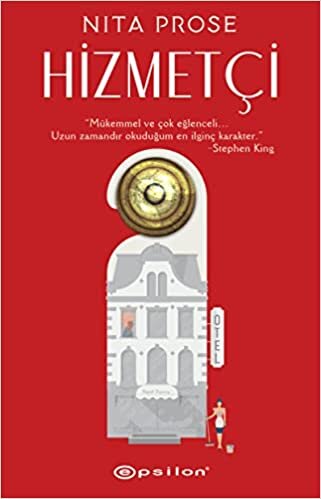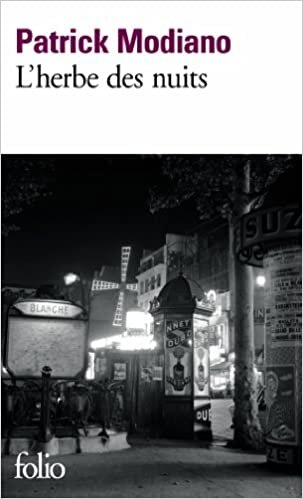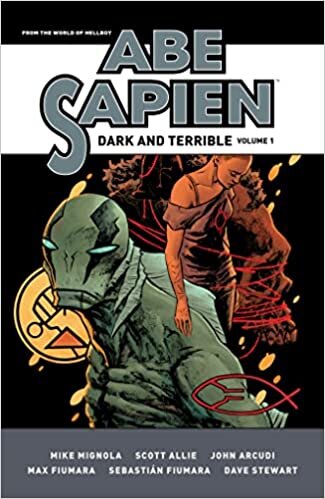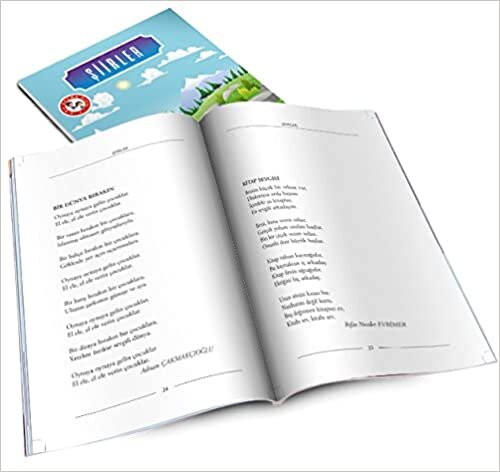Taşınabilir belge biçimi (PDF), birçok platformdan hangisine ve bu belgenin hangi uygulamada oluşturulduğuna bakılmaksızın, yazı tiplerini, görüntüleri ve orijinal belgenin düzenini kaydetmenize izin veren evrensel bir dosya biçimidir, bu kitapların depolanması için idealdir Kipps (1905). By: H. G. Wells: Social novel tarafından H. G. Wells. Adobe PDF formatı, Kipps (1905). By: H. G. Wells: Social novel gibi güvenli bir şekilde korunan elektronik belgelerin ve antetli kağıtların ve kitapların çoğaltılması ve değiştirilmesi alanında tanınan küresel standart olarak kabul edilir. Adobe PDF dosyaları küçük ve bağımsızdır; ücretsiz Adobe Reader® yazılımı ile birlikte çalışma, görüntüleme ve yazdırma olanağı sunar. Adobe PDF biçiminin yayınlama ve yazdırma işlemlerinde kullanılması haklıdır, bu nedenle Kipps (1905). By: H. G. Wells: Social novel kitabını bu biçimde indirmenizi öneririz. Adobe PDF'nin birleştirilmiş (kompozit) bir düzeni kaydetme yeteneği sayesinde, yazdırma personelinin bunlardan test baskılarını görüntüleyebileceği, düzenleyebileceği, sıralayabileceği ve alabileceği kompakt ve güvenilir dosyalar oluşturabilirsiniz. Ayrıca, teknolojik işlemin öngördüğü anda, matbaa dosyayı doğrudan görüntü toplama cihazına gönderebilir ve son işlemeye devam edebilir: baskı öncesi kontrolleri gerçekleştirebilir, yakalayabilir, şeritleri indirebilir veya renk ayrımı yapabilir. Belgeyi PDF formatında kaydederek PDF / X standardına uygun bir dosya oluşturabilirsiniz. PDF / X formatı (taşınabilir belge değişim formatı), yazdırmada zorluklara neden olabilecek birçok renk verisi, yazı tipi ve bindirme kombinasyonunun kullanılmasına izin vermeyen Adobe PDF'nin bir çeşididir. PDF dosyaları baskı öncesi yayınlar için dijital orijinal olarak kullanıldığında, hem düzeni oluşturma aşamasında hem de fotoğraf çıktısı amacıyla (yazılım ve çıktı aygıtları PDF / X formatıyla çalışabiliyorsa) bir PDF / X belgesi oluşturulmalıdır. Kipps (1905). By: H. G. Wells: Social novel kitabındaki çizimlerin parlaklığı için. PDF / X standartları hakkında. PDF / X standartları Uluslararası Standartlar Örgütü (ISO) tarafından onaylanmıştır. Grafik veri alışverişi için geçerlidir. Dönüştürme sırasında PDF dosyasının belirtilen standarda uygunluğu kontrol edilir. PDF belgesi seçilen ISO standardına uymuyorsa, dönüştürmeyi iptal etme ve dönüştürmeye devam etme arasında seçim yapmanızı sağlayan bir mesaj görüntülenir; bu durumda standart olmayan bir dosya oluşturulur. Yayıncılık ve baskıda en yaygın kullanılan çeşitli PDF / X çeşitleridir: PDF / X-1a, PDF / X-3 ve PDF / X-4.
| Yazar | H. G. Wells |
|---|---|
| Dil | İngilizce |
J B SBoon Türkçe İspanyolca Leopold Classic Library CreateSpace Independent Publishing Platform H. G. Wells J Saosa Fransızca İngilizce Outlook Verlag Icon Group International İtalyanca Independently published Book on Demand Ltd. Kolektif Additional Contributors Almanca Gale, U.S. Supreme Court Records
Kipps (1905). By: H. G. Wells: Social novel
| Yazar | H. G. Wells |
|---|---|
| İsbn 10 | 1717388191 |
| İsbn 13 | 978-1717388193 |
| Dil | İngilizce |
| Boyutlar ve boyutlar | 20.32 x 1.17 x 25.4 cm |
| tarafından gönderildi | 25 Nisan 2018 |
Kipps: The Story of a Simple Soul is a novel by H. G. Wells, first published in 1905. Humorous yet sympathetic, the perceptive social novel is generally regarded as a masterpiece, and it was his own favourite work Plot: The protagonist of the Bildungsroman is Arthur "Artie" Kipps, an illegitimate orphan. In Book I ("The Making of Kipps"), he is raised by his aged aunt and uncle, who keep a little shop in New Romney, on the southern coast of Kent. He attends the Cavendish Academy ("a middle-class school", not a "boarding school",) in Hastings, in East Sussex. "By inherent nature he had a sociable disposition", and befriends Sid Pornick, the neighbour's boy. Kipps falls in love with Sid's younger sister, Ann. Ann gives him half a sixpence as a token of their love when, at 14, he is apprenticed to the Folkestone Drapery Bazaar, run by Mr. Shalford. However, the Pornicks move away and Kipps forgets Ann. He becomes infatuated with Helen Walshingham, who teaches a wood carving class on Thursday nights. When Chitterlow, an actor and aspiring playwright, meets Kipps by running into him with his bicycle, their encounter turns into an inebriated evening that leads to Kipps being "swapped" (dismissed). However, before he leaves Mr. Shalford's establishment, Chitterlow brings to his attention a newspaper advertisement that leads to an unsuspected inheritance for Kipps from his grandfather of a house and £26,000. In Book II ("Mr. Coote the Chaperon"), Kipps fails in his attempt to adapt to his new social class while he lives in Folkestone. By chance, he meets a Mr. Coote, who undertakes his social education; that leads to renewed contact with Helen Walshingham, and they become engaged. However, the process of bettering himself alienates Kipps more and more, especially since Helen has takes advantage of Kipps's fortune to establish herself and her brother in London society. Chance meetings with Sid and then Ann, now a house servant, lead to a decision to abandon ..................... Herbert George Wells (21 September 1866 – 13 August 1946), usually referred to as H. G. Wells, was an English writer. He was prolific in many genres, writing dozens of novels, short stories, and works of social commentary, satire, biography, and autobiography, including even two books on war games. He is now best remembered for his science fiction novels and is often called a "father of science fiction", along with Jules Verne and Hugo Gernsback. During his own lifetime, however, he was most prominent as a forward-looking, even prophetic social critic who devoted his literary talents to the development of a progressive vision on a global scale. A futurist, he wrote a number of utopian works and foresaw the advent of airplanes, tanks, space travel, nuclear weapons, satellite television and something resembling the World Wide Web. His science fiction imagined time travel, alien invasion, invisibility, and biological engineering. Brian Aldiss referred to Wells as the "Shakespeare of science fiction”. His most notable science fiction works include The Time Machine (1895), The Island of Doctor Moreau (1896), The Invisible Man (1897), and The War of the Worlds (1898). He was nominated for the Nobel Prize in Literature four times. Wells's earliest specialised training was in biology, and his thinking on ethical matters took place in a specifically and fundamentally Darwinian context. He was also from an early date an outspoken socialist, often (but not always, as at the beginning of the First World War) sympathising with pacifist views. His later works became increasingly political and didactic, and he wrote little science fiction, while he sometimes indicated on official documents that his profession was that of journalist....

















